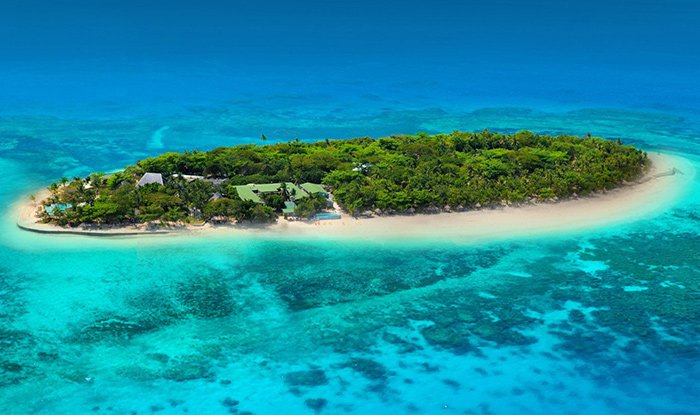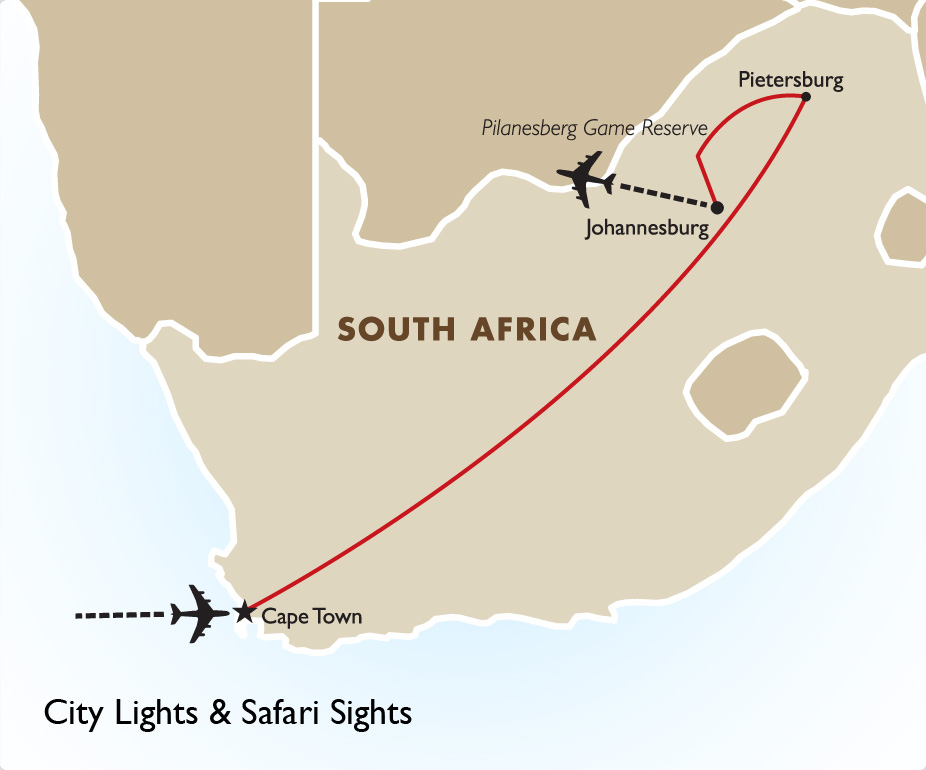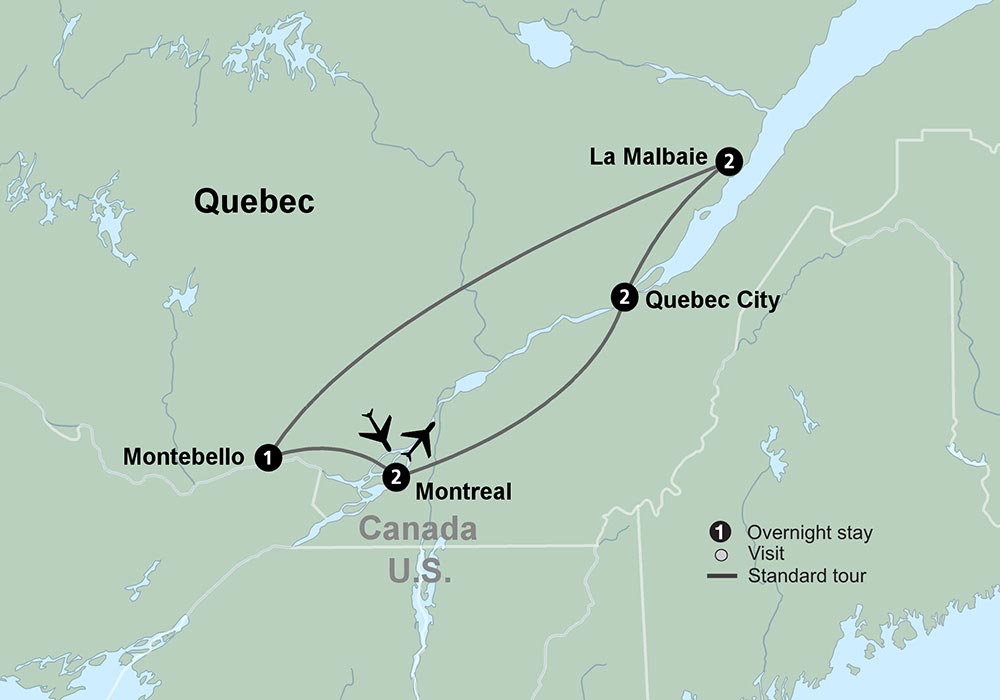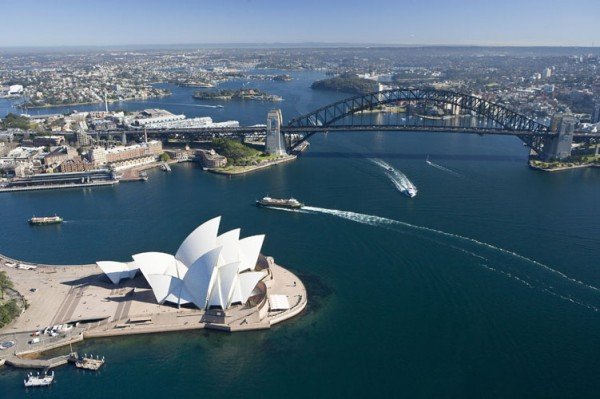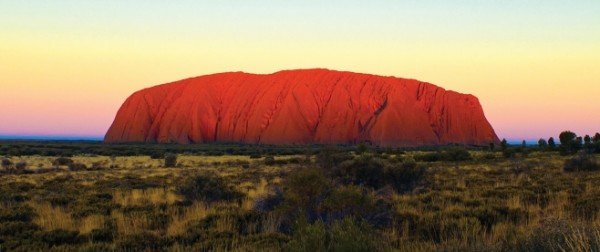Top 10 Spooky Travel Destinations
Travel is one of the most popular pastimes during holiday seasons but why not spice up your next trip by having a theme: a spooky travel theme. This list looks at ten of the scariest places on the face of the earth:
Check out our most popular vacations that include both Australia & New Zealand!
Australia & New Zealand in 19 days from $3,899
22 Day Australia & New Zealand from $5,399
Hill of Crosses – Lithuania
The Hill of Crosses, located 12 kilometers north of the small industrial city of Siauliai (pronounced shoo-lay) is the Lithuanian national pilgrimage center. Standing upon a small hill are many hundreds of thousands of crosses that represent Christian devotion and a memorial to Lithuanian national identity. The origin of the first crosses is unknown, but despite repeated attempts by the occupying communists in the 20th century to destroy the hill and remove the crosses, they still come back in their thousands. You can view a panoramic image of the hill here. While the subject is not scary in itself, the concept of a hill with mysterious crosses appearing is a little disturbing.
St Louis Cemetery – Louisiana
It would be wrong to write a list like this without the inclusion of at least one cemetery. Saint Louis Cemetery is the name of three Roman Catholic cemeteries in New Orleans, Louisiana. All of these graves are above ground vaults; most were constructed in the 18th century and 19th century. The above-ground tombs, which some say are required here because the ground water levels make burial impractical in New Orleans, are strongly reminiscent of the tombs of Père Lachaise cemetery in Paris. St. Louis Cemetery #1 is the oldest and most famous. It has been in continuous use since its foundation. Due to crime risks, it is inadvisable for individual tourists to visit the cemetery on their own, but it can be safely visited with tour groups. The renown Voodoo priestess Marie Laveau is believed to be interred in the Glapion family crypt. Other notable New Orleanians here include Bernard de Marigny – the French-Creole playboy who brought the game of craps to the United States, Barthelemy Lafon – the architect and surveyor who allegedly became one of Jean Lafitte’s pirates, and Paul Morphy, one of the earliest world champions of chess. Delphine LaLaurie, the murderous socialite is also rumored to lay in rest here.
Mary King’s Close – Scotland
For years the hidden underground closes of Mary King’s Close, in the Old Town area of Edinburgh, Scotland, have been shrouded in myths and mysteries. Tales of ghosts and murders, and myths of plague victims being walled up and left to die abounded. in 1645 life of the close was shattered forever. The plague struck this little community and there is a tale that the local council decided to contain the plague by incarcerating the victims, bricking up the close for several years and leaving them to die inside to die. It is likely that this is why the close was nicknamed ‘street of sorrows’. It certainly has a reputation of being haunted, one ghost of a little girl ‘Annie’ has become something of a local celebrity. Sad because she had lost her favorite doll, there is now a room full of gifts left by visitors for her.
Leap Castle Oubliette – Ireland
OublietteLeap Castle is an Irish castle in County Offaly, about four miles north of the town of Roscrea. It was built in 1250 and in 1659, the castle passed by marriage into the ownership of the Darby family. Many people were imprisoned and executed in the castle, and it is supposedly haunted by several spectres, the most terrifying of these beings is a small hunched creature whose apparition is said to be accompanied by a rotting stench of a decomposing corpse and the smell of sulphur. Not far from there, workers discovered an oubliette (pictured above), which is a dungeon where people are locked away and forgotten about. There are spikes at the bottom of this shaft, and when workers were cleaning it out, it took them three cartloads to carry out all the human bones at the bottom. A report indicates that these workmen also found a pocket-watch dated to the 1840s amongst the bones. There are no indications of whether or not the oubliette was still in use in that period. Restoration work is being undertaken so this is an ideal future travel destination.
Contact a Travel Team Agent for more information or to plan your trip at 1-800-788-0829
Château de Machecoul – France
Chateau-De-MachecoulThe Château de Machecoul was home to Gilles de Rais (1404 – 1440), a Breton knight, the companion-in-arms of Joan of Arc, and a Marshal of France, but best known as a prolific serial killer of children. In 1434–35, he retired from military life, dabbled in the occult, and depleted his wealth by staging an extravagant theatrical spectacle of his own composition. Sometime between spring 1432 and spring 1433, the first child-murder occurred and was followed by similar crimes. The victims may have numbered in the hundreds. He was executed by hanging at Nantes on 26 October 1440. Gilles de Rais was the inspiration behind the tale of Bluebeard. All of his crimes took place in the Castle of Machecoul which remains to this day (though in ruins). The victims bodies were stuffed in the walls, dropped down chimneys, and buried around the site.
Poenari Castle – Romania
Do not be fooled by those who tell you to visit Bran Castle in Romania to see the home of the evil Vlad the Impaler. Bran castle is a tourist attraction and there is no known evidence that Vlad Tepes ever stayed there. However, not so far away is the ruin of Poenari Castle – Vlad’s real home in Wallachia. It was erected around the beginning of the 13th century by the first Romanian rulers in the South region of Romania. Around the 14th century, Poenari was the main citadel of the Basarab rulers. In the next few decades, the name and the residents changed a few times but eventually the castle was abandoned and left in ruins. However, in the 15th century, realizing the potential for a castle perched high on a steep precipice of rock, Vlad III the Impaler repaired and consolidated the structure, making it one of his main fortresses. After Vlad’s death the castle fell to ruin but it is still standing in part and is available for tourists. To reach the castle, visitors need to climb 1,500 steps. The castle is considered to be one of the most haunted places in the world.
Capuchin Catacombs of Palermo – Italy
First of all, these should be not confused with the many bone-houses in Europe. The Capuchin Catacombs of Palermo are burial catacombs in Palermo, Sicily, southern Italy. Today they provide a somewhat macabre tourist attraction as well as an extraordinary historical record. In 1599 the monks at the monastery mummified recently-dead brother Silvestro of Gubbio, and placed him into the catacombs. The bodies were dehydrated on the racks of ceramic pipes in the catacombs and sometimes later washed with vinegar. Some of the bodies were embalmed and others enclosed in sealed glass cabinets. Monks were preserved with their everyday clothing and sometimes with ropes they had worn as a penance. Originally the catacombs were intended only for the dead friars. However, in the following centuries it became a status symbol to be entombed into the capuchin catacombs. In their wills, local luminaries would ask to be preserved in certain clothes, or even to have their clothes changed at regular intervals. The catacombs were officially closed in 1880 but tourists continued to visit.
Poveglia – Venice
Poveglia is a small island in Venice which was home to Venice’s plague victims during the three major outbreaks during the middle ages. It was also used by the Romans for the same reason. This is an island with an almost exclusive history of death. In addition to housing dying plague victims and serving as a giant plague pit, it was used as a leper colony for many years. Just when you think it couldn’t get worse, in 1922 a mental hospital was built on the island. One of the doctors working at the hospital was attacked by the insane patients who threw him off the top of the hospital tower. The ruins of the hospital remain to this day. Through its history, over 160,000 people died on the small island. It is said that part of the island’s core consists of a layer of human remains and that fishermen avoid the area because they may pull up body parts. If you want to visit the island you will need to become friendly with some of the locals who keep vineyards there – because public access is absolutely forbidden.
Aokigahara – Japan
Aokigahara (also known as the Sea of Trees), is a forest that lies at the base of Mount Fuji in Japan. The caverns found in this forest are rocky and ice-covered annually. It has been claimed by local residents and visitors that the woods are host to a great amount of paranormal phenomena. The forest floor consists primarily of volcanic rock and is difficult to penetrate with hand tools such as picks or shovels. There are also a variety of unofficial trails that are used semi-regularly for the annual “body hunt” done by local volunteers. On some occasions human remains can be found in the distant reaches of the forest, which are usually several years old and consist of scattered bones and incomplete skeletons. Aokigahara is reportedly the world’s second most popular suicide location after San Francisco’s Golden Gate Bridge. Since the 1950s, more than 500 people have lost their lives in the forest, mostly suicides, with approximately 30 counted yearly. In 2002, 78 bodies were found within the forest, replacing the previous record of 73 in 1998. The high rate of suicide has led officials to place signs in the forest, urging those who have gone there to commit suicide to seek help and not kill themselves.
European Ossuaries – Europe
An ossuary is a chest, building, well, or site made to serve as the final resting place of human skeletal remains. They are frequently used where burial space is scarce. All over Europe ossuaries can be found and – fortunately for those of us with a love of the macabre – visited. Perhaps the most famous is the Catacombs of Paris which are a vast network of skeleton lined caverns beneath the streets of Paris. The photograph above comes from Santa Maria della Concezione dei Cappuccini, a church in Rome, Italy, commissioned by Pope Urban VIII in 1626. The remains of over 4,000 friars can be viewed there. Some of the skeletons are intact and draped with Franciscan habits (as above), but for the most part, individual bones are used to create elaborate ornamental designs.
Ready to plan your dream vacation?
Contact a Travel Team Agent at 1-800-788-0829
Don’t forget to check out our website and Like us on Facebook for the latest travel deals, news & tips!
